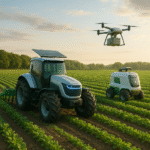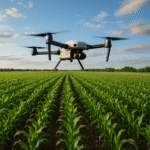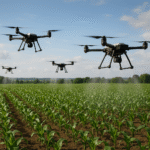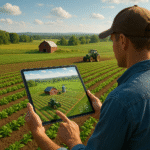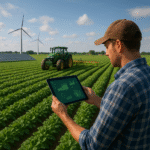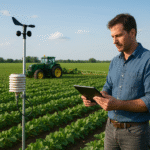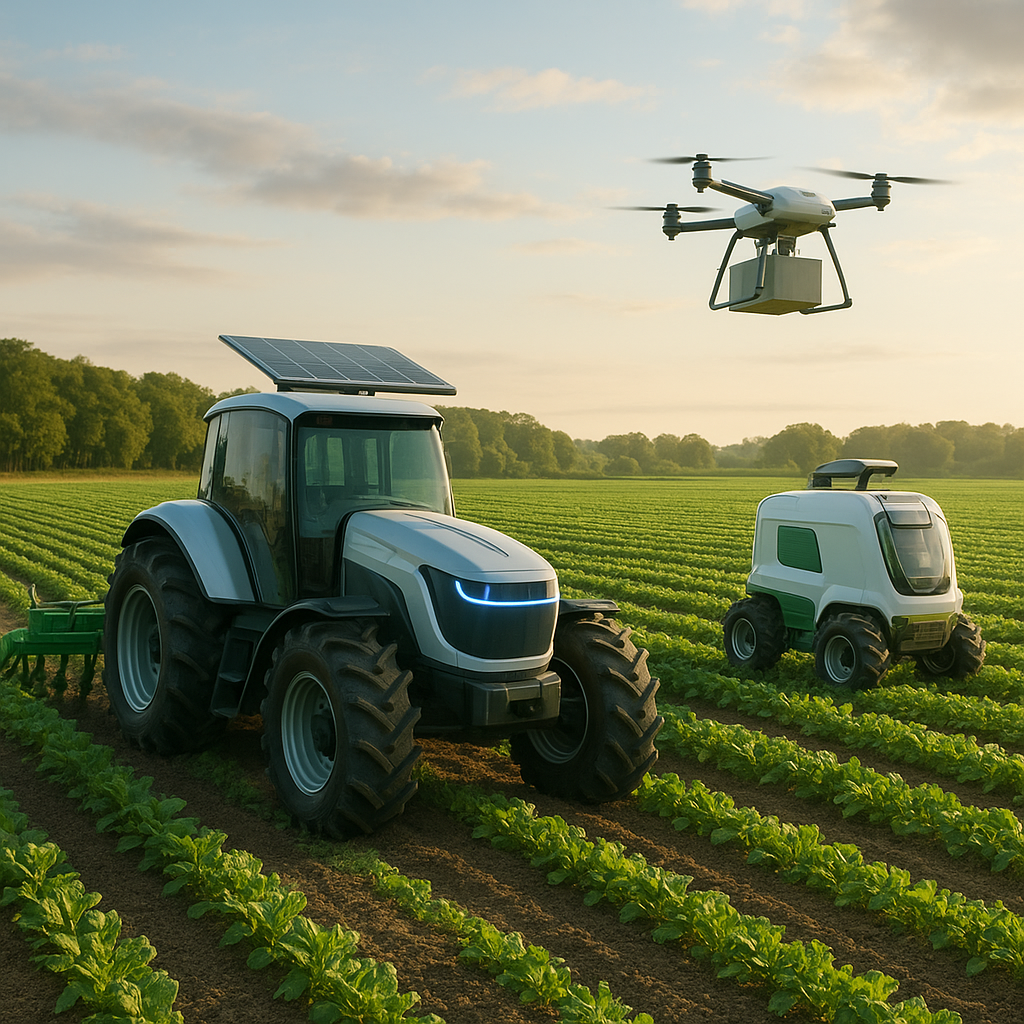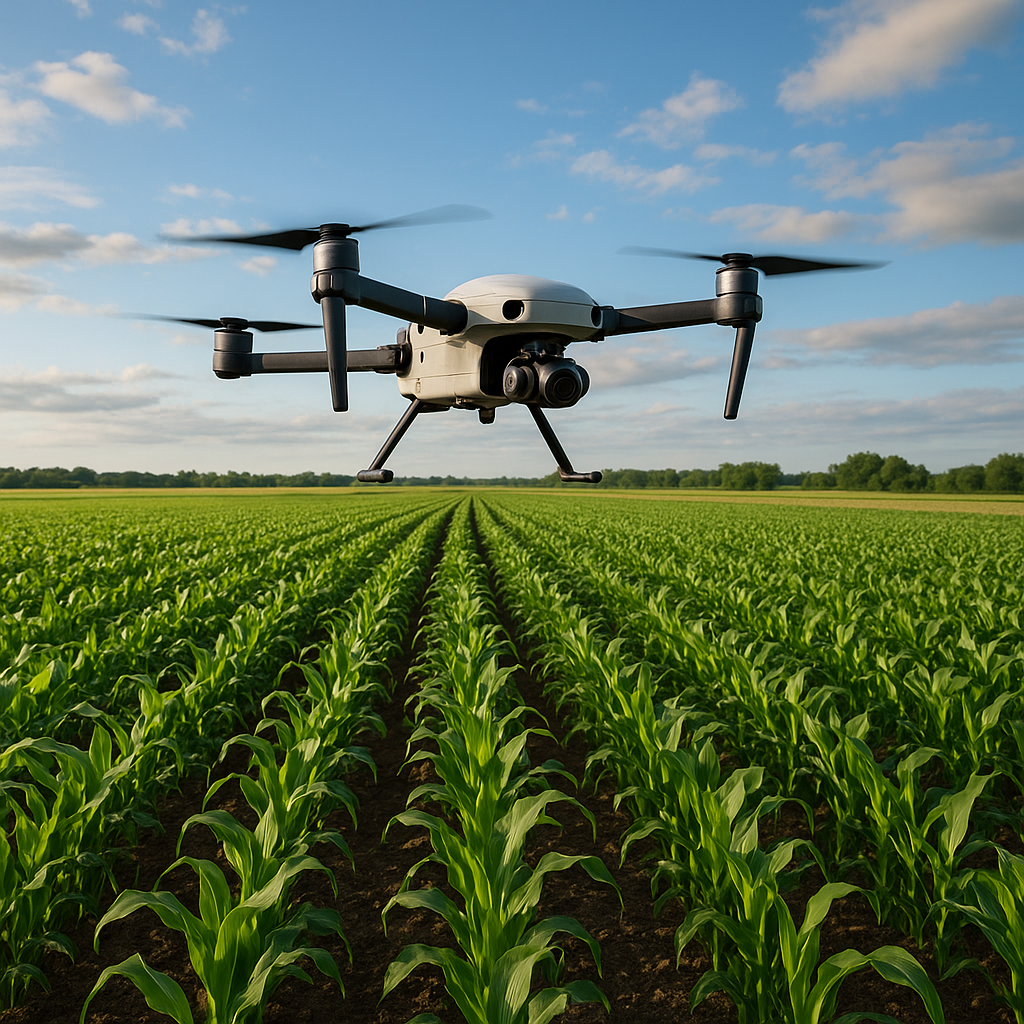The coming era of farming is set to redefine the relationship between man, machine, and the land, driven by breakthroughs in sustainability and innovation. As we seek to feed a burgeoning global population while preserving the planet’s health, the marriage of cutting-edge technology with eco-friendly design becomes paramount. From solar-powered tractors silently tilling fields at dawn to fleets of autonomous drones performing targeted crop treatments by midday, the future of agriculture resonates with possibilities. This exploration delves into the most impressive equipment on the horizon, spotlighting how each tool promises higher efficiency, lower waste, and greater yields for farmers worldwide.
Innovations in Sustainable Machinery
Modern farm machinery is undergoing a revolution, moving away from fossil-fuel dependence toward cleaner, greener alternatives. Pioneers in the industry are unveiling prototypes that combine robust performance with gentle environmental footprints.
Electric and Solar-Powered Tractors
Traditional diesel tractors have dominated fields for decades, but upcoming models are powered by high-capacity batteries and integrated photovoltaic panels. These machines offer:
- Zero tailpipe emissions, cutting greenhouse gases by up to 90%.
- Regenerative braking systems that recover energy during deceleration.
- Onboard solar arrays that recharge auxiliary systems, extending operational hours in remote areas.
By harnessing renewable energy, these tractors reduce operating costs and liberate farmers from volatile fuel prices.
Biodegradable Implements and Attachments
From plows to seed drills, new implements are fashioned from composite materials that decompose harmlessly once their service life ends. Benefits include:
- Non-toxic breakdown products that enrich soil microbiomes.
- Reduced landfill impact when parts are retired.
- Lighter weight, improving fuel or battery economy during use.
Manufacturers are layering plant-based polymers with natural fibers to deliver durable yet biodegradable tools, a major stride toward cradle-to-cradle design.
Precision Agriculture and Smart Systems
The integration of sensor networks and advanced analytics transforms traditional farming into a high-definition operation. Real-time insights and automated decision-making elevate output quality while conserving vital resources.
Sensor Networks and IoT Integration
Fields are now embedded with an array of wireless sensors measuring soil moisture, nutrient levels, pH, and microclimate variables. Key features:
- Mesh networks that relay data to cloud platforms every few seconds.
- Predictive models that trigger irrigation or fertilization only when needed.
- Seamless IoT compatibility, allowing remote monitoring via mobile apps.
Such systems exemplify precision farming, saving water, nutrients, and time by applying inputs at the optimal moment and location.
Autonomous Drone Platforms
Drones have evolved from simple aerial cameras to fully autonomous machines capable of performing complex tasks:
- Targeted spraying systems that release micro-droplets precisely over infested zones, reducing chemical usage by up to 70%.
- Multispectral imaging sensors that detect disease or pest outbreaks before visible symptoms emerge.
- Dynamic flight path optimization powered by onboard AI, ensuring complete field coverage with minimal battery drain.
By leveraging advanced robotics and machine vision, these drones deliver pinpoint interventions that limit collateral damage to beneficial insects and surrounding ecosystems.
Data Analytics and Farm Management Platforms
Massive streams of data collected by sensors and drones feed into centralized dashboards where farmers can visualize trends and anomalies. Core advantages include:
- Yield mapping that correlates production with soil and weather variables.
- Automated alerts for mechanical maintenance, preventing downtime.
- Historical analysis tools that refine planting schedules and crop rotations.
Platform providers harness advanced data analytics to deliver actionable recommendations, transforming raw metrics into strategic insights.
Vertical and Controlled Environment Farming Tools
Urban and indoor agriculture is skyrocketing, supported by specialized equipment designed to maximize output per square foot while slashing resource consumption.
Modular Grow Towers and Conveyors
Vertical farms employ stackable racks or towers equipped with automated conveyance systems:
- Robotic arms or trolleys that transport trays between planting, growth, and harvesting zones.
- Smart shelving that adjusts spacing to accommodate plant height dynamically.
- Automated seeders that guarantee uniform spacing and depth for every tray.
This level of automation ensures consistent quality, shorter production cycles, and minimal labor requirements.
LED Lighting and Microclimate Control
Cutting-edge LED fixtures deliver adjustable light spectra tailored to each crop’s growth stage. Coupled with environmental controls, they offer:
- Spectrally tunable diodes that shift between blue (vegetative) and red (flowering) wavelengths.
- Intelligent sensors that regulate temperature, humidity, and CO2 levels in real time.
- Energy-saving modes that dim lights during off-peak energy tariff hours.
By fine-tuning every parameter, growers achieve unprecedented yields and flavor profiles, all while minimizing electricity and water usage.
Aquaponic and Hydroponic Integration
Next-generation equipment fuses fish farming with soilless crop cultivation in closed-loop systems. Features include:
- Automated water circulation systems that balance nutrient delivery and oxygenation.
- Self-cleaning biofilters that maintain optimal ammonia and nitrate levels.
- Modular tanks and channels that can be scaled or rearranged with ease.
These configurations exemplify true circularity: fish waste becomes plant fertilizer, and plants purify the water, creating a zero-waste, highly efficient ecosystem.
Emerging Trends and Future Horizons
Beyond current solutions, bold concepts are shaping tomorrow’s fields:
- Swarm robotics: Coordinated fleets of mini-robots working in harmony to seed, weed, and harvest at a microscopic level.
- Biomimetic machines: Equipment inspired by nature’s own designs, such as bioinspired drills that mimic earthworm burrowing to reduce soil compaction.
- Genetically adaptive tools: Machinery that automatically calibrates its operations based on real-time genetic assays of plant stress markers.
Such innovations promise to usher in an age where every hectare of farmland operates as an intelligent, self-regulating organism.
Challenges and Pathways to Adoption
Transitioning to these advanced systems involves significant hurdles:
- High upfront investment costs for specialized equipment and infrastructure.
- Need for farmer training and digital literacy to manage complex platforms.
- Regulatory frameworks that ensure safety and standardization without stifling creativity.
Collaborations among agritech startups, research institutions, and government agencies are essential to overcome these barriers and usher in a new era of sustainability.
Conclusion of Unfolding Potential
As these transformative tools move from prototypes to commercial reality, they hold the potential to redefine the very notion of farming. By weaving together intelligent design, eco-conscious materials, and advanced automation, the future of agriculture will be both innovative and regenerative. In fields large and small, the next generation of eco-friendly equipment will empower growers to produce more with less—helping humanity thrive without compromising the health of our shared planet.
